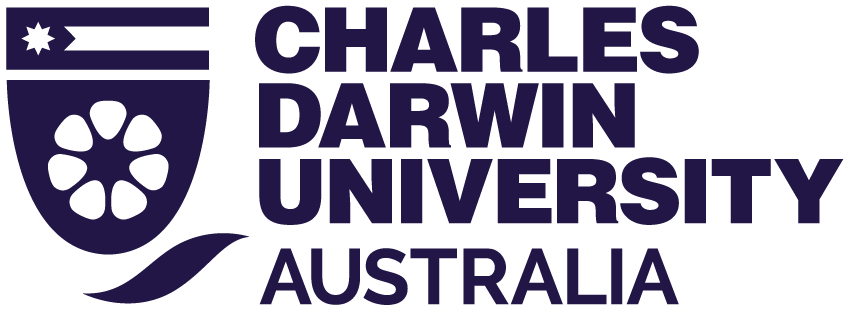Part B. Story Development
Now that you have attempted to map out some of the aspects of the ecological restoration (ER) project itself, the next stage is to now move on to finding possible stories that you might be able to tell about the ER project. It is important to note: The plan for your story about your ER project is a very different beast than the plan for the ER project. One thing that people often get a little confused with, is ensuring that they understand the difference between these two. Whilst related and intertwined, it’s important to keep them distinct.
What is a story and why do we need them?
A story is a narrative that communicates events, experiences, or emotions. Stories are important because they help us make sense of the world, understand other people’s perspectives, and connect with one another on a deeper level. They can entertain, educate, inspire, and motivate us.
It can often be helpful to think about or frame your story as an adventure. When telling stories as an adventure, it is common for the characters to experience conflict, or undergo or influence change. Does your story have themes of conflict or change? Ask yourself the questions below and see whether they are relevant to your story.
Conflict – What sort of things are at stake? What are some of the conflicts? Risks? Who are the heroes and why? What characters are involved?
Change – What is the status quo and what are its good points? What is wrong or unfair? Who do you need to persuade to act? Where is the threat coming from? How has it gotten to this point? Is there an opportunity here? How will changes be made?
What will my story be?
Do you see the ER story that you want to tell as:
- Motivating? How so?
- Convincing? Of what?
- Connecting? Between who or what?
- Explanatory? Of what?
- Leading the charge? How and in what way?
Share your story overview with your peers using the Padlet below.


